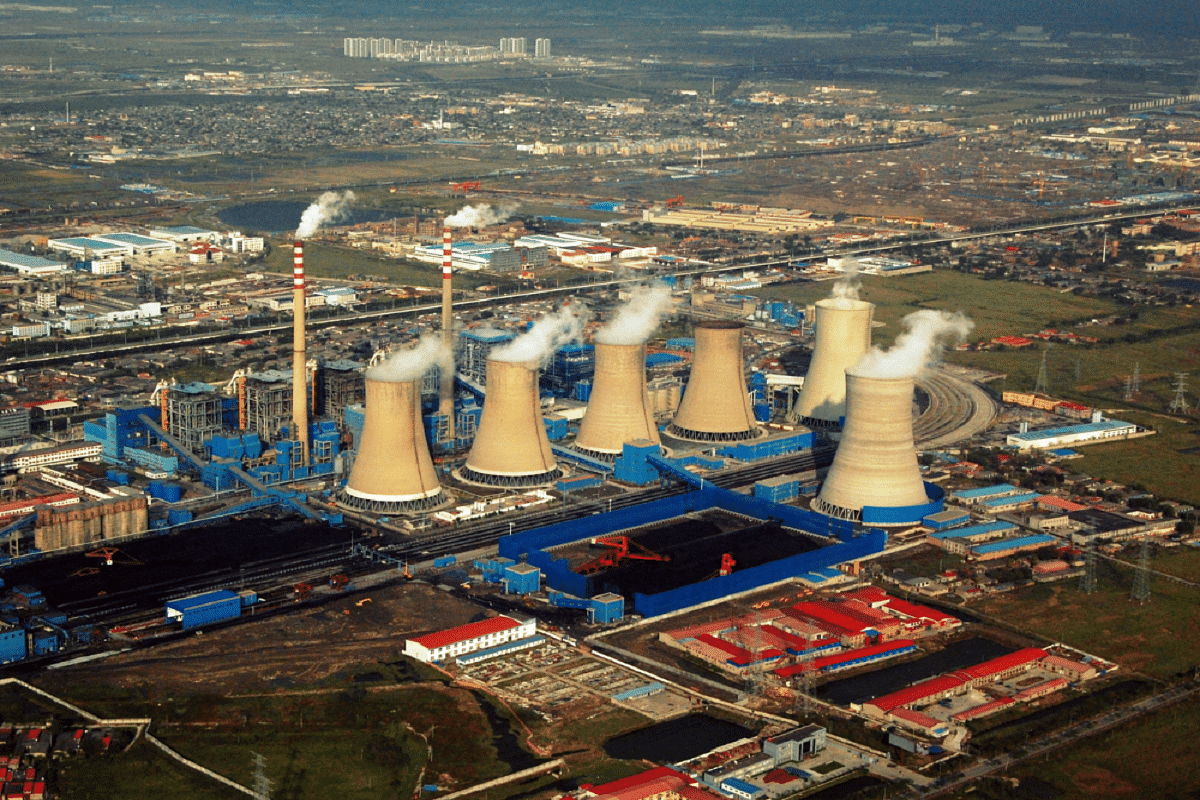News Brief
India Opens Doors To Private Sector In Nuclear Energy Amid Capacity Expansion Drive, Here's Why It Is Important

India's current nuclear power generating capacity stands at 6,780 MW. (Representative image)
The Union Power Ministry is exploring allowing private sector participation in nuclear energy, as India aims to increase its generation capacity to meet the growing demand.
Union Power Minister RK Singh stated in an interview that his ministry has initiated discussions with equipment manufacturers to support the creation of thermal capacity, as per a report by The Economic Times.
Singh expressed the need to consider involving the private sector in nuclear power, citing examples from other countries where private entities are engaged in this sector.
India's current nuclear power generating capacity stands at 6,780 MW, and there is a plan to add nuclear capacity at a rapid pace.
To meet the rising demand for electricity, the government is looking to enhance capacity generation.
The current target of adding 85,000 MW of thermal capacity can be exceeded if necessary. The goal for hydro power is to double the capacity from the current 46,000 MW.
Singh highlighted the significant increase in peak demand over the years, from 130,000-140,000 MW in 2013 to 243,000 MW currently, with a projected increase to 370,000 MW by 2030.
To address this, the government is focusing on increasing generation, transmission, and distribution capacity and has implemented substantial reforms in these areas.
While India is committed to increasing non-fossil fuel-based capacities, Singh emphasised the importance of ensuring round-the-clock availability of power for economic expansion.
He mentioned that renewable energy sources are not consistent, which is why there is a need for round-the-clock electricity and cost-effective energy storage solutions.
The power sector requires grid-scale battery energy storage systems and pumped hydro storage projects to meet the demand. Singh mentioned that around 4,000 MW of pumped storage projects are under construction, with another 35,000 MW in the clearance process.
Singh also discussed the need for thermal equipment manufacturers to support capacity creation as energy transition progresses.
Regarding rooftop solar installations, Singh expressed confidence in achieving the target of solarising 10 million rooftops under the PM Surya Ghar Muft Bijli Yojana. He stated that India has sufficient manufacturing capacity for solar modules and cells to meet the requirements for rooftop solar installations.
In conclusion, Singh reiterated the country's commitment to achieving the target of 500 GW of renewable energy capacity by 2030, including green hydrogen and green ammonia. He also mentioned that the government is prepared to handle the expected peak demand of 260 GW between April and June in the upcoming summer season.
Support Swarajya's 50 Ground Reports Project & Sponsor A Story
Every general election Swarajya does a 50 ground reports project.
Aimed only at serious readers and those who appreciate the nuances of political undercurrents, the project provides a sense of India's electoral landscape. As you know, these reports are produced after considerable investment of travel, time and effort on the ground.
This time too we've kicked off the project in style and have covered over 30 constituencies already. If you're someone who appreciates such work and have enjoyed our coverage please consider sponsoring a ground report for just Rs 2999 to Rs 19,999 - it goes a long way in helping us produce more quality reportage.
You can also back this project by becoming a subscriber for as little as Rs 999 - so do click on this links and choose a plan that suits you and back us.
Click below to contribute.
Latest